Retro Replay Review
Gameplay
Sasa delivers a fresh take on the classic shoot-’em-up formula by centering each level around a single, self-contained screen filled with hidden energy packs and obstacles. Instead of mindless bullet spraying, you must carefully navigate your tiny avatar through tight corridors and between floating barriers to locate every energy pack. Each pack you collect boosts your energy reserve, which is the lifeblood of your journey—without it, you can’t fire or evade enemy attacks.
(HEY YOU!! We hope you enjoy! We try not to run ads. So basically, this is a very expensive hobby running this site. Please consider joining us for updates, forums, and more. Network w/ us to make some cash or friends while retro gaming, and you can win some free retro games for posting. Okay, carry on 👍)
The true innovation lies in the physics-based movement system. Your character moves only when you fire your weapon, and every shot propels you in the opposite direction of your aim. Want to drift upward? Blast downward. To swerve left, fire right. This reactive thrust, balanced against a constant gravitational pull, turns every engagement into a finely tuned puzzle. Mastery comes from chaining shots to maintain altitude while lining up your next target or escape route.
Resource management is equally crucial. Every bullet costs one energy point, and colliding with hostile drones can deplete large chunks at a time. You must decide whether to blast away an obstacle for an easy path or risk a slower, more precise approach to preserve energy. Early levels tempt you to gun down everything in sight, but as you advance, energy scarcity punishes careless players. This tension between aggressive shooting and cautious navigation is the beating heart of Sasa’s challenge.
Graphics
Sasa’s visuals strike a pleasing balance between minimalist clarity and pulsing color. Each stage is laid out on a single screen with crisp outlines for platforms, barriers, and energy packs. Neon accents highlight interactable objects, making it easy to spot your objectives even amidst a flurry of bullets and explosions. A subtle grain filter and soft bloom effects give the game a modern retro vibe.
Animations are smooth and responsive. Each shot leaves a satisfying muzzle flash, and the recoil physics are visibly represented by your avatar’s brief backwards jerk. Enemy drones glide and dart with lifelike inertia, occasionally leaving behind transient afterimages that help you track their motion. When you collect an energy pack, it dissolves in a shower of particles, reinforcing the sense that you’re absorbing vital power into your suit.
The user interface is clean and unobtrusive. A slim energy bar at the top of the screen shows your remaining reserves, gradually fading out of focus when you’re not in immediate danger. Level transitions feature quick fade-outs rather than long cutscenes, keeping the pace brisk and ensuring you’re always in control. Overall, Sasa’s graphic presentation feels both polished and purposeful.
Story
While Sasa isn’t a narrative-heavy experience, it weaves a simple yet compelling premise around its mechanics. You play as an experimental pilot stranded in a deteriorating orbital facility. Your only hope of escape lies in harvesting power cores scattered throughout each chamber—those gleaming energy packs you see are literally your ticket home.
Environmental details hint at a larger backstory. Broken machinery, flickering warning lights, and damaged control panels suggest a catastrophic containment breach that sent rogue drones swarming the complex. Occasional text logs found in hidden alcoves delve into the facility’s past experiments and the desperation of its final crew members, adding depth to your mission without ever slowing gameplay.
As you progress, brief interludes between stages reveal more about the protagonist’s motivations and the nature of the energy you’re collecting. These vignettes are sparse but atmospheric, lending a subtle emotional weight to each new level. You never feel like a faceless shooter; you become a survivor fighting against both time and physics itself.
Overall Experience
Sasa manages to blend adrenaline-pumping action with brain-teasing physics puzzles in a way few shooters attempt. The learning curve feels fair: early stages allow you to experiment with thrust mechanics, while later screens demand split-second precision and meticulous energy budgeting. This gradual ramp keeps frustration at bay and rewards persistence.
Replay value is high thanks to speed-run challenges and hidden collectibles. Once you’re comfortable with the core mechanics, you can aim to clear each level as quickly as possible or strive for a perfect no-damage run. Leaderboards and optional time trials inject a competitive edge, encouraging you to refine your tactics and push the game’s unique movement system to its limits.
In sum, Sasa is a refreshing twist on the shooting genre that will appeal to players who appreciate both skill-based combat and clever puzzle design. Its tight controls, distinctive physics engine, and lean storytelling combine into an experience that’s hard to put down. If you’re looking for a fast-paced challenge that rewards creativity and precision, Sasa delivers in spades.
 Retro Replay Retro Replay gaming reviews, news, emulation, geek stuff and more!
Retro Replay Retro Replay gaming reviews, news, emulation, geek stuff and more!
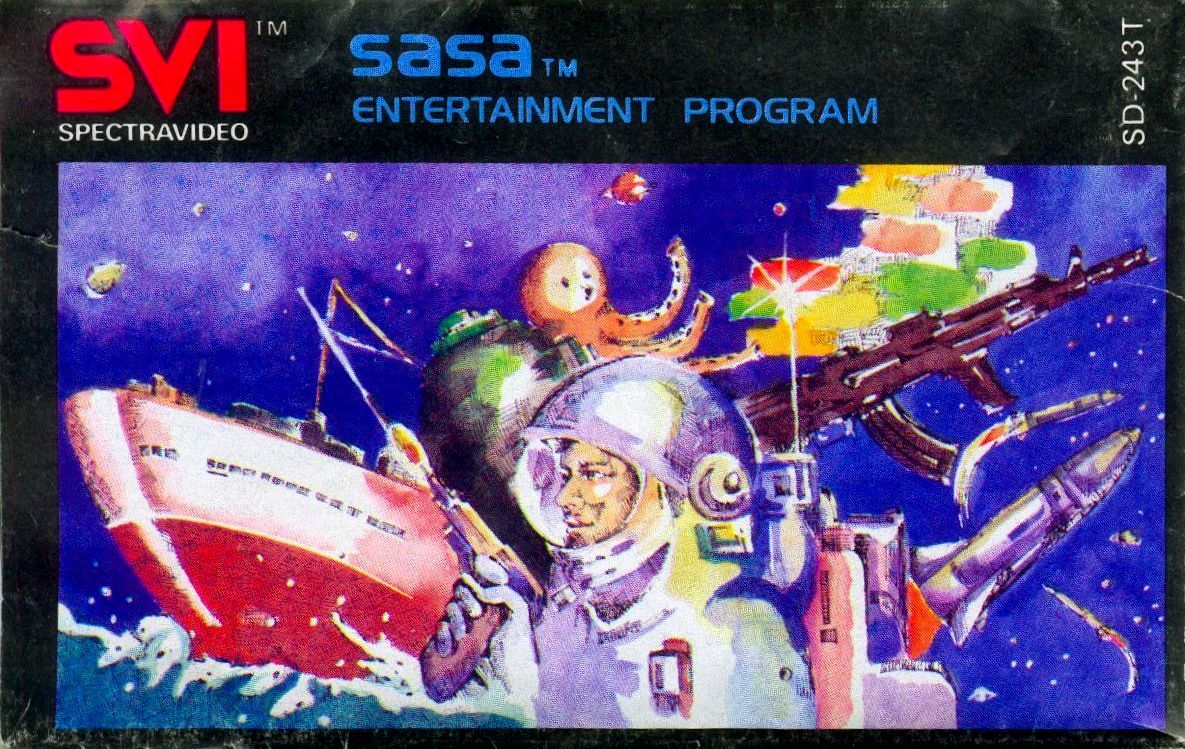

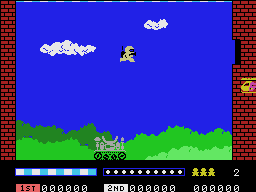
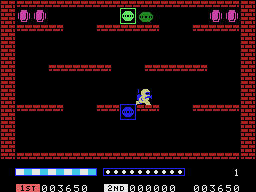
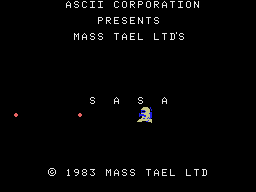
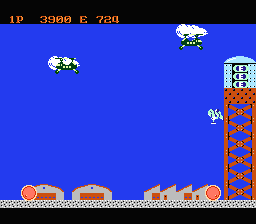



Reviews
There are no reviews yet.